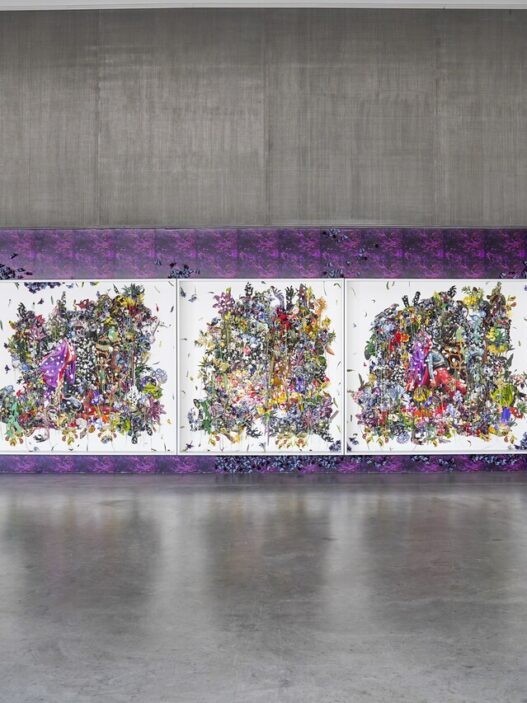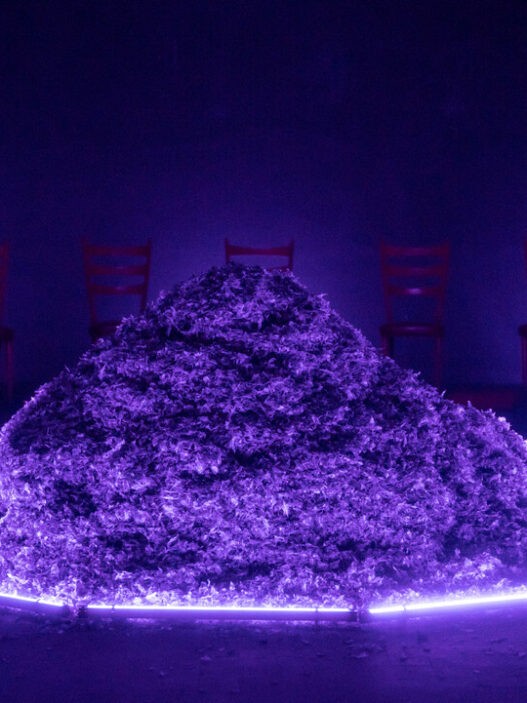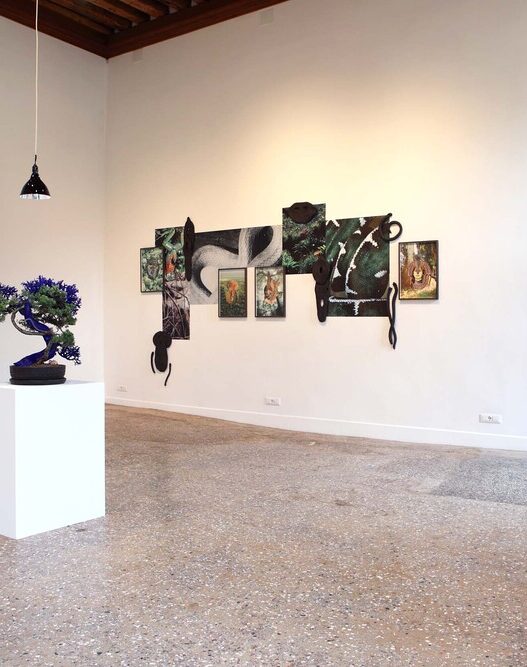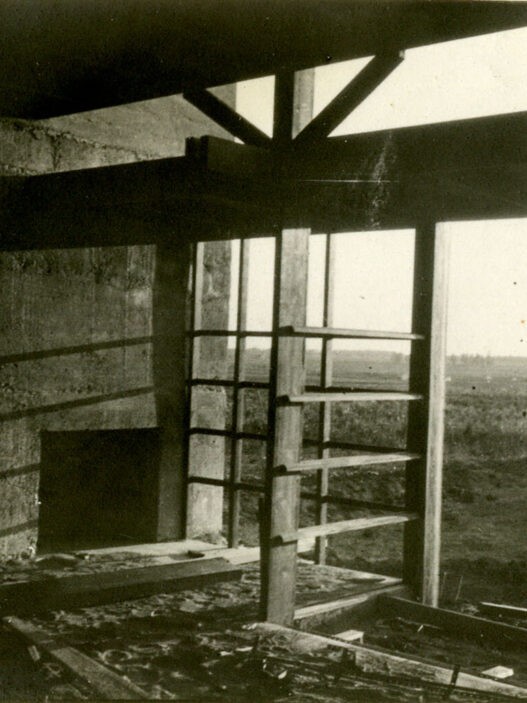May 28–June 25, 2022
Opening panel: May 28, 2–4pm, Chris Fox in conversation with Gill Gatfield and Five Mile Radius
A reading of works through economies: June 18, 11am–12pm, Consuelo Cavaniglia in conversation with Tarik Ahlip, Lauren Brincat and Fionnuala Heidenreich
Tarik Ahlip, Heba Y. Amin, Richard Bell, Lauren Brincat, Five Mile Radius, Gill Gatfield, D Harding, Fionnuala Heidenreich, HWKN, Simon James Phillips, Valentina Karga, Nicolás Kisic Aguirre, Anri Sala, with texts by Keller Easterling, Markus Miessen, Aleksandra Wasilkowska.
Curated by Ineke Dane.
Catalogue design by Marilena Hewitt of Platypus Publications.
Dominik Mersch Gallery is proud to announce the opening of Conversations on Shadow Architecture (C o S A), curated by Ineke Dane for the gallery’s annual Curator Award.
C o S A is a multidisciplinary group exhibition with an accompanying catalogue, featuring the work of artists, architects and composers. Centred on Critical Spatial Practice (CSP)—which can be understood as a theoretical lens and practical mode to critically engage with the cultural, social and political potential of space and architecture—C o S A began as a thought exercise with practitioners whose work resonated with the various limbs of CSP. Here architecture (built and unbuilt, its absence as much as presence), politics, history, economies and the future are understood as inextricably linked through complex networks of spatial variables that affect the way we think, feel, move, make decisions and operate together.
C o S A invites audiences to engage with and read their daily surroundings, with the hope that this more entangled understanding will lead to new forms of empowerment for both the individual and diverse community ecologies. Rather than providing answers C o S A questions how the world around us choreographs our very being.
The project title borrows a term coined in 2012 by Warsaw-based architect Aleksandra Wasilkowska. In her book, Shadow Architecture / Architektura Cienia, Wasilkowska defines shadow architecture as spatial artefacts that emerge from the bottom up, functioning in the margins of systems and without the participation of an architect or bureaucracy. These forms of architecture are an analogue to the integration of the subconscious and the shadow archetype in Jungian therapy. Wasilkowska posits that only spontaneous and self-organised activities in official city structures and planning can create a healthy and inclusive environment. The term describes architecture that supports the shadow economy (informal, unofficially recorded or recognised) known to comprise a substantial percentage of circulating capital at any given time.
The contributors to C o S A were invited because their practices resonate with the non-hierarchical limbs of our thought exercise: creatives who disrupt the machine or reject the monotony of what’s practiced in the everyday. They step clear of the well-beaten track to provoke the core of our humanness—and its shadow—recalling the currency of fluid, liminal and responsive existence.
The accompanying catalogue to C o S A, designed by Marilena Hewitt of Platypus Publications, features a collection of responses from each exhibited practitioner, including text excerpts from leading thinkers in the field of CSP: Keller Easterling, Markus Miessen and Aleksandra Wasilkowska.
The Dominik Mersch Gallery Curator Award invites guest curators to explore their own perceptions and expertise through a unique exhibition opportunity in the gallery.
Ineke Dane is an award-winning curator based in Meanjin Brisbane, Australia. She has a background in contemporary art theory, law, policy, photography and journalism; each of these disciplines inform a thought-provoking and conceptually rigorous practice.
A partner exhibition of Dane’s Conversations on Shadow Architecture was also held at Metro Arts Brisbane from October 2–31, 2021.
Dominik Mersch Gallery
Upstairs, 75 McLachlan Ave
Rushcutters Bay 2011
Australia


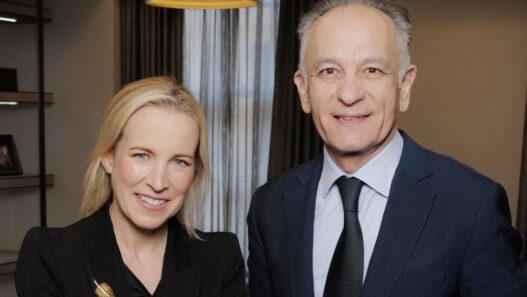



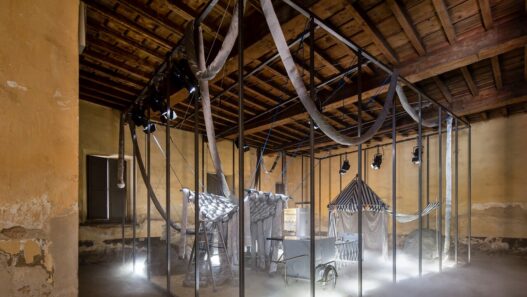


![[1] and [2] C o S A catalogue. Design: Marilena Hewitt of Platypus Publications. [3] Heba Y. Amin, Project Speak2Tweet, 2011–ongoing. Three-channel video installation. Courtesy the artist and Zilberman Gallery. [4] D Harding, Discussion points originating from Central Queensland – towards Aboriginal Architectures, 2021. Graphite on paper, 21 x 156 cm. Courtesy of the artist and Milani Gallery. [5] HWKN, drawing for We The People – a prototype, 2021. Installation: free-standing columns. Courtesy HWKN.](https://dailyart.news/wp-content/uploads/2022/05/shadow_architecture-527x374.gif)
![[1] and [2] C o S A catalogue. Design: Marilena Hewitt of Platypus Publications. [3] Heba Y. Amin, Project Speak2Tweet, 2011–ongoing. Three-channel video installation. Courtesy the artist and Zilberman Gallery. [4] D Harding, Discussion points originating from Central Queensland – towards Aboriginal Architectures, 2021. Graphite on paper, 21 x 156 cm. Courtesy of the artist and Milani Gallery. [5] HWKN, drawing for We The People – a prototype, 2021. Installation: free-standing columns. Courtesy HWKN.](https://dailyart.news/wp-content/uploads/2022/05/shadow_architecture-1044x741.gif)



